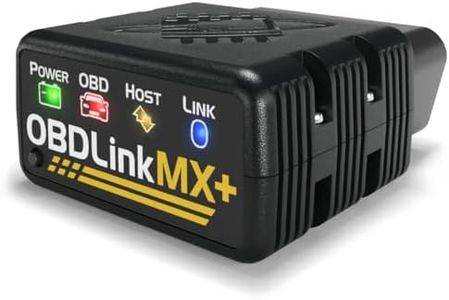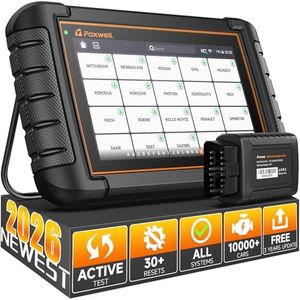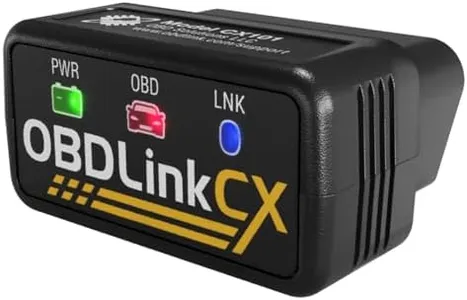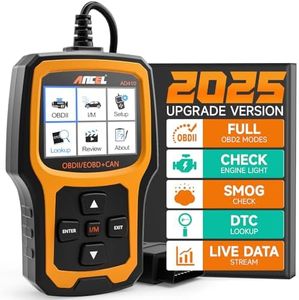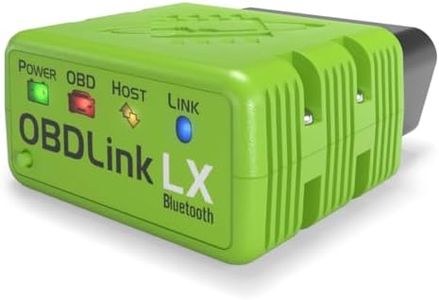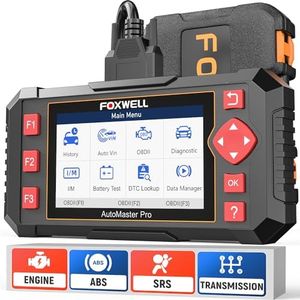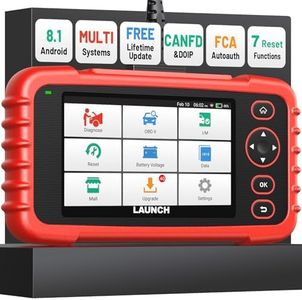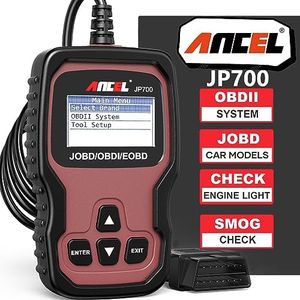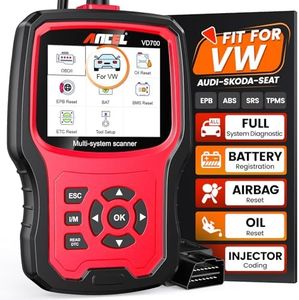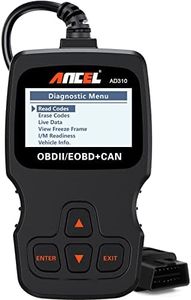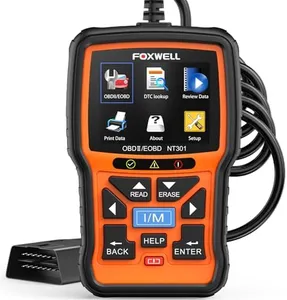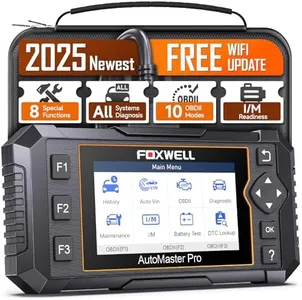We Use CookiesWe use cookies to enhance the security, performance,
functionality and for analytical and promotional activities. By continuing to browse this site you
are agreeing to our privacy policy
10 Best Car Code Readers
From leading brands and best sellers available on the web.By clicking on a link to a third party's website, log data is shared with that third party.
Buying Guide for the Best Car Code Readers
Choosing the right car code reader can save you time, money, and frustration when diagnosing issues with your vehicle. A code reader helps you access your car’s onboard diagnostics (OBD-II) system, giving you insights into engine problems and other system alerts. When buying a code reader, think about the features you need, how easy it is to use, and what kind of vehicles you plan to use it on. It's important to balance the size and complexity of the reader with your own comfort level with technology. Knowing what you want to do—whether it’s just reading and clearing codes, or more in-depth diagnostics—will help you find the best fit.CompatibilityCompatibility refers to whether the code reader works with your specific car make, model, and year. Most basic code readers support OBD-II, which is standard on cars made after 1996, but some vehicles—especially older or imported models—might require specialized tools. When considering compatibility, check if the reader covers all the major brands, and if you have a newer car or a unique make, ensure the reader lists your vehicle specifically. If you own more than one car or want to help friends or family, broader compatibility gives you better value.
Functionality LevelFunctionality level describes what the code reader can actually do, ranging from simple code reading and clearing to advanced diagnostics. Basic models only read and erase error codes, which is enough for straightforward troubleshooting. Midrange options might also show live data, freeze frame information, or support resets for things like oil and ABS lights. Professional-level readers can access manufacturer-specific codes, perform advanced diagnostics, and even programming. If you’re a casual user, a basic or midrange reader is usually sufficient, but if you want to handle more complex repairs or work on multiple car systems, consider something more advanced.
Display and User InterfaceDisplay and user interface refer to how easy it is to interact with the code reader. Some devices have simple, text-only screens and basic navigation, while others offer color displays, intuitive menus, and graphical data. Easier controls and readable screens make a big difference, especially if you’re not very tech-savvy. If you plan to use the reader regularly or for extended diagnostics, consider a device with a clear display and simple menu system.
Update CapabilityUpdate capability means how the code reader stays current with new vehicles and software improvements. Some readers can connect to the internet or a computer to download updates, while others have fixed databases. It's important since car technology is always evolving, and updated software ensures your tool works with newer vehicles and has the latest troubleshooting codes. If you want your reader to last for years and remain useful, look for one with easy and regular update options.
Data ConnectivityData connectivity covers how the code reader communicates its information. Some are standalone with their own screens, while others connect to smartphones or computers using Bluetooth, Wi-Fi, or USB. Standalone units are simple and self-contained, while Bluetooth/Wi-Fi models are often smaller, using your phone for an interface and offering more features through dedicated apps. Choose the connectivity type that matches your tech comfort level and the devices you already use—you’ll get more out of a code reader that feels natural to interact with.
